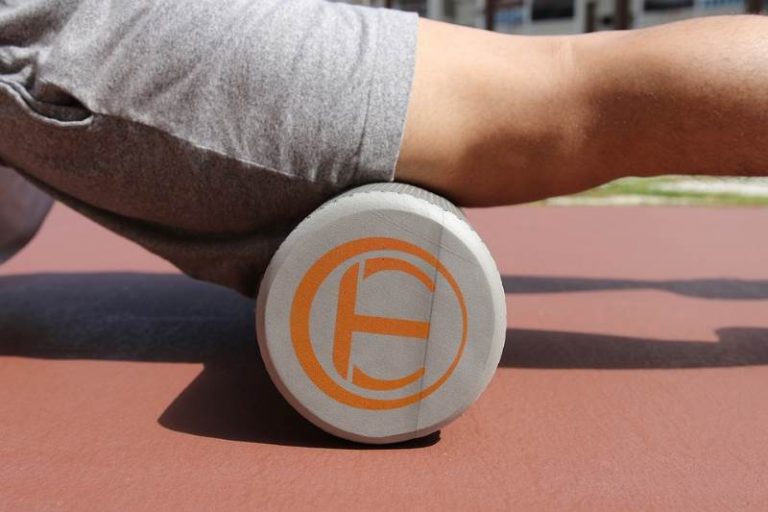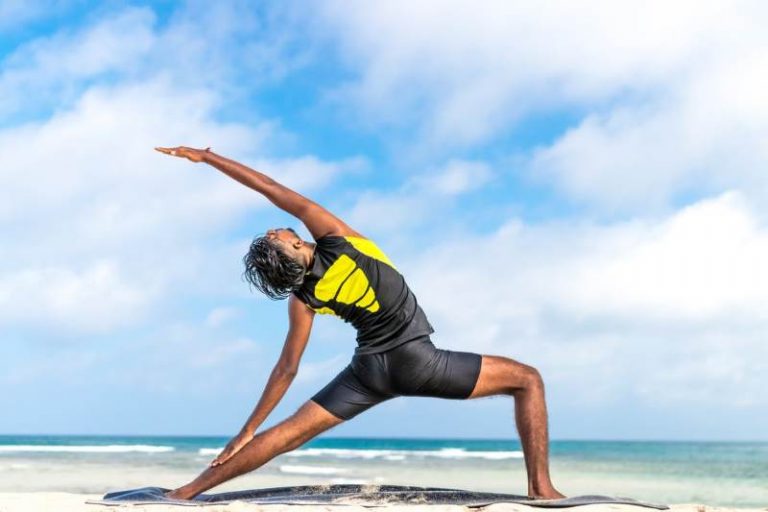
BODY ROLLING: A new way to enhance flexibility and well being.
BODY ROLLING: A new way to enhance flexibility and well being.
Have you noticed that your shoulders round forward, and you’re tight across the back of your shoulders?
The nagging tight spots we feel can be the result of restricted mobility or adhesions in fascia, the elastic web of connective tissue that surrounds and connects muscles.
There is a technique to improve flexibility that is easy, inexpensive and works extremely well in conjunction with stretching to improve myofascial mobility. It’s called Body Rolling, and it’s a powerful self-treatment tool using a firm 5” diameter ball. It is similar to using foam rollers, which are popular in gyms. Because of its size and compressibility, it is useful in areas other tools can’t reach.
Body Rolling techniques combine the relaxing effects of massage with the toning effects of exercise. Working with your own body weight, the exercises ease movement by loosening the muscles and their surrounding fascia, with the benefits of a deep self-massage. It can take as little as 10 minutes to work a specific area, and you can do it at your convenience. Working an entire region or chain of muscles gives the best results, since fascia is connected in long tracts that can span more than one joint.
The techniques of Body Rolling can: free adhesions in the connective tissue sheath that wraps around muscles and lies between muscle fibres; help muscles lengthen; improve muscle flexibility and tone thereby improving range of motion and shock absorption in the joints; improve circulation; and assist in correction of faulty posture
People with an active lifestyle often come in to see a physiotherapist with unexplained pain in a muscle, tendon or joint. Physiotherapists look at posture, movement and perform selective tissue tension testing to determine the problem. As a physiotherapist, I use many tools, such as manual therapy, exercise and soft tissue releases to improve freedom of movement.
With exercise that is highly repetitive in nature such as running, cycling, rowing, racquet sports, fascia surrounding the working muscles tends to be loaded in one direction and can subsequently shorten. Movement patterns and normal posture can be altered, which can lead to injury and pain. Learning to use Body Rolling, and stretching along planes of movement, rather than spot-treating tight areas can free things up most effectively.
People working at a desk job every day tend to develop shortening in certain muscle groups– typically the pectoral muscles, the hip flexors, and the hamstring muscles. Over time, this can result in adaptive shortening. The price tag of a desk job can be poor posture, aches and pains at the end of the workday. Activity breaks and Body Rolling can help.

